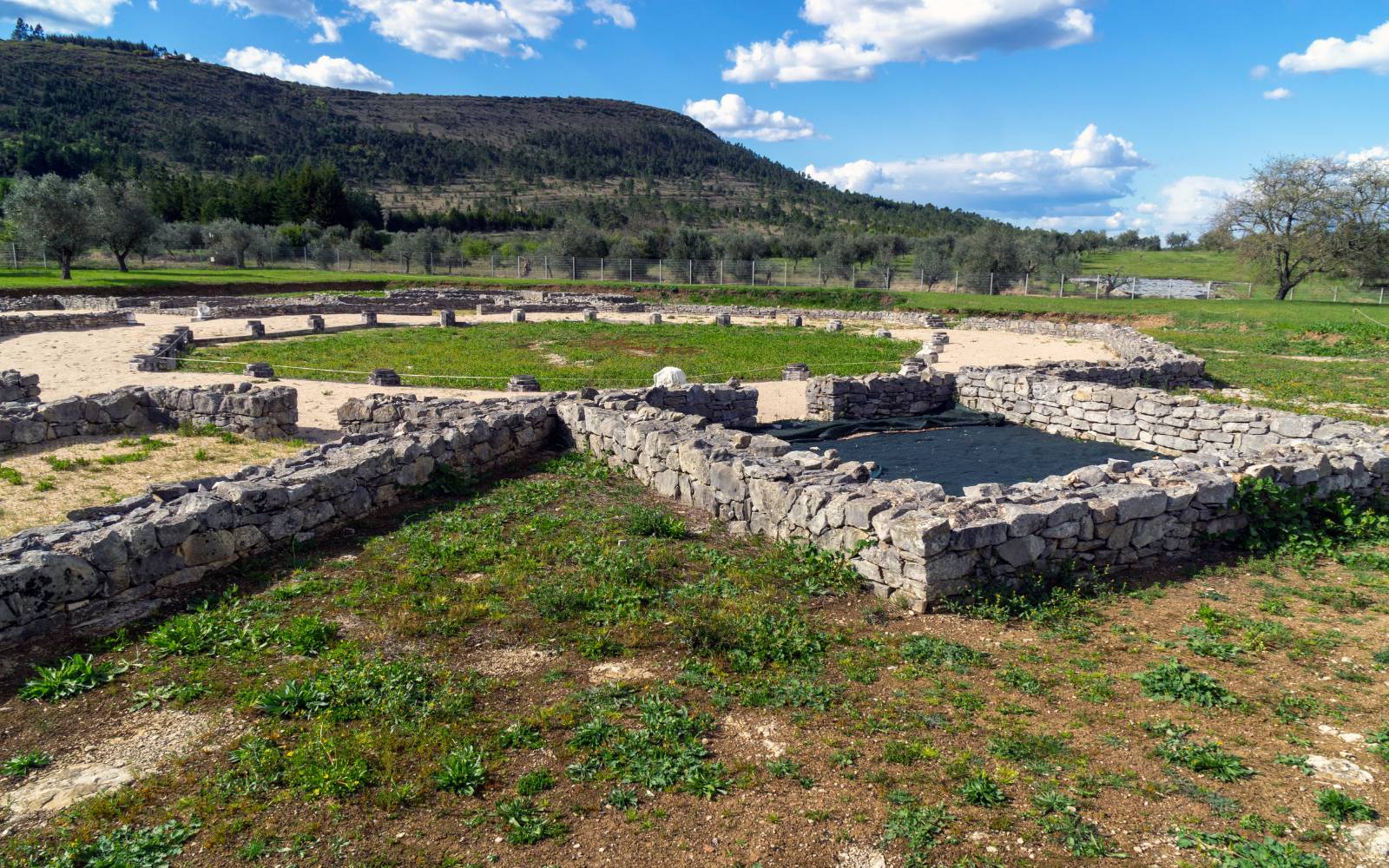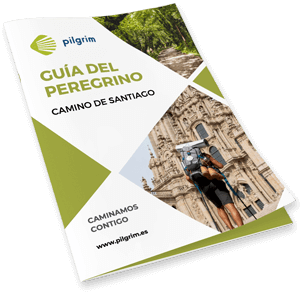Grijó
‹ Back to the stage
Grijó
- Residents: 10.578 aprox.
- Province:
Information
Get to know Grijó
This is a village in Portugal that, despite its small size, is known for a famous book called Morgadinha dos Canaviais set there.
Its curious name is believed to come from the Latin igriji, small church, and that before the current monastery and image of the city was built, small temples were built all over the village to venerate the saints.
<pLocation
How to get there
Grijó is quite easy to reach due to its proximity to Oporto. From this city you have to take the E-1 to exit 18B. From Lisbon take the E-1 to exit 19.
Due to its small size the village does not have a good public transport network, so the most advisable option is to go to Oporto, since the city has very good communications and, once there, take a bus that connects daily with Grijó.
<pHistory / Culture
What to see
Monasterio de São Salvador
The Monastery of San Salvador is located in the middle of the Camino de Santiago through the town of Grijó, belonging to the town of Vila Nova de Gaia.
This monastery was built in 922 by two local priest brothers known as Guterre and Ausindo Soares in order to house the community of monks of the Order of St. Augustine. It was at the beginning of the 12th century when this community abandoned the monastery, remaining in ruins until the end of the 16th century, when the friars decided to return to Grijó. From 1572 onwards, a major restoration of the building was carried out, which could not be completely finished until 1629. In the following century, specifically in the year 1770, the goods belonging to the said monastery were transferred to the new Convent of Mafra, also changing the conventual residence of the monks.
As for its structure, this monastic complex consists of the church building and the cloister.
The church, with a single nave, is dominated by the mixture of architectural elements, especially on its facade. This facade stands out for its broad similarity to the church of the Monastery of San Salvador de Moreira da Maia, being primitive Grijó. It is divided into three levels: on the lower one is the entrance portico flanked by semicircular arches, on the central floor there is a large window surrounded by reliefs of the images of Saint Peter and Saint Paul, each placed in a niche, and on the upper floor there are two other small windows that follow the same style as the central one. All this set ends with a triangular pediment in the center of which is the clock on which rests the cross of Christ.
In its interior and in spite of having only one nave, there is a set of six side chapels, each of them decorated with a Mannerist style altarpiece. The head of the church is covered by a vault of coffers decorated with geometric motifs. Under it is the main altarpiece in which the Transfiguration of Christ is represented.
As for the cloister, it is divided into two floors which are distributed around a square courtyard. The first floor is formed by a set of columns of Ionic order and in the second, of Corinthian order. This building stands out for the random polychrome tiles representing the apostles and the masters of the monastic complex.
In the north wing of the cloister sits the tomb of Don Rodrigo Sancho, illegitimate son of King Sancho I, this burial mound is considered the oldest of the Portuguese funerary elements thanks to the recumbent statue that remains on it.

Information of interest
Local police
xxx
Fire department
+351 227 842 001
Civil protection
xxx
Town hall
xxx
Health center
+351 227 644 008
Tourism office
+351 223 756 216
Cais de Gaia/Loja, 510

We send you your itinerary
Enter your details and receive your travel itinerary by email
Recommended
Gastronomy
Recommended
Festivals and Pilgrimages
Local festivity
26 de Enero: Cantares de Janeiras
Local festivity
Del 1 al 9 de Agosto: Fiesta Noches de Verano
Local festivity
Septiembre: Gaia World Music
Portuguese Way
On foot
25 stages



























